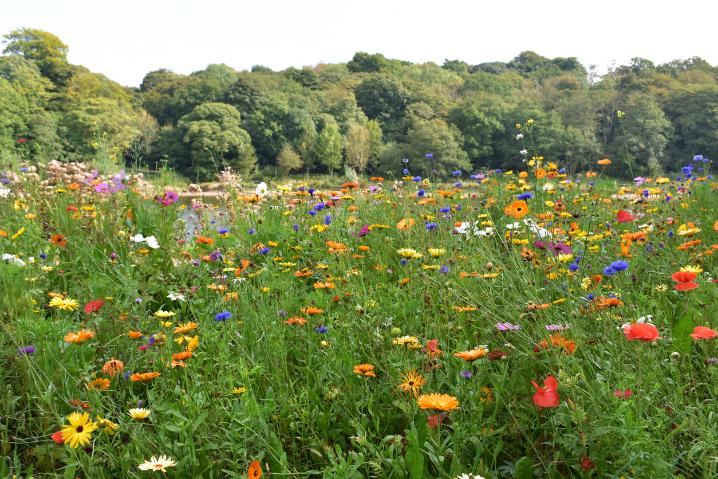Why the Hydroseeding industry is Experiencing Real Growth
First used in the 1950’s Hydroseeding is a seeding technique that has gained popularity because of the way it can help establish landscapes at a price that won’t break the bank. The process of hydroseeding consists of a liquid medium that contains seeds and a carrier mulch. The type of mulch used often varies depending on the location and can be made up of materials like wood, paper or in some circumstances denim. Seed mixtures that you add to the carrier cover a wide range such as trees, grass and wildflowers.
Hydroseeding is regularly used as a way to control erosion on hillsides and slopes. Hydroseeding offers you a cost effective solution if you are looking to establish trees, grasses and seeds in areas that are difficult to access and where planting by hand would be impossible.
Many industries throughout the UK choose hydroseeding as a technique when planting wildflowers. Over the last century almost 97% of Wildflower meadows in the UK have disappeared. The growing demand for mass food production has led to the transformation of farmland, which once nurtured diverse wildflower ecosystems, into highly mechanized and land-intensive agricultural operations. Because there has been a significant increase in arable, pastoral and mixed farming parts of the countryside that previously contained wildflowers has diminished.
This is a worrying trend as wildflowers are the habitat of pollinators like bees and butterflies. Because they are completely reliant on flowers for nutrition there has been a big decline in the number of bees in the last few years. Wildflowers are able to provide support to all areas of the ecosystem that covers fungi, small birds, mammals along with birds of prey.

Seeding Solutions for Wildflowers
In recent years, many local councils have utilised wildflower hydroseeding on road and motorway verges as a popular way to increase biodiversity, prevent erosion, and reduce ground subsidence.
In the UK there are more than 251,000 rural roads along with hundreds of miles of motorway verges that are home to in excess of 700 species of wild plants. However at the time of writing this around 87 of these wild plants are in danger of becoming extinct.
Any type of roadside wildflower haven is now extremely valuable to the native plants and animals found in the country. Hydroseeding with a wildflower blend has numerous other uses. In response to environmental advocates pushing for biodiversity and adherence to eco-friendly policies, many organisations are adopting this technique to convert barren land into flourishing wildflower meadows.
Places that in the past have never had vegetation like landfill sites and spoil heaps are good locations for hydroseeding. The team here at HBB geosales have extensive experience when it comes to managing all manner of different hydroseeding projects.
As there is now more and more attention being focused on the future of native plants and biodiversity in both private and public sectors, hydroseeding offers an affordable and practical method for turning barren inaccessible land into sanctuaries where wildlife has the chance to flourish. Taking this approach and managing it effectively will undoubtedly help slow down, and preferably stop numerous plant species becoming extinct, and create the perfect environment for all different kinds of wildlife, especially those that are most in danger like the bee.
If you would like to find out more information about wildflower hydroseeding and how our team can help you achieve the best germination rates contact the team here at HBB Geosales today.